How to Find a Truly Great Insulation Contractor in Utah
Choosing the right insulation contractor can feel overwhelming. You want fair pricing, top-quality work, and crews who respect your home. This guide walks you through the exact steps and red flags to watch for so you can confidently hire, even if you’re comparing bids that aren’t the cheapest.
1. Ask for Clear, Honest Communication
-
Verify responsiveness. Call or email each company and note how quickly they reply.
-
Request photo documentation. A great contractor will use before-and-after or progress photos so you understand exactly what’s happening and crews know your priorities.

Look for plain-language explanations. They should explain R-values, scheduling impacts from Utah’s weather, and any unexpected repairs in terms you can follow.
Why it matters: You’ll avoid surprises, know the schedule and scope, and have visual proof of each step.
2. Confirm Respect for Your Home
-
Inspect their arrival. Crews should wear uniforms, use shoe covers, and lay down drop cloths.
-
Ask about cleanup standards. The best teams aim to leave your home cleaner than they found it.
-
Observe courtesy. They should coordinate around your schedule, respect pets and children, and minimize noise and dust.
Why it matters: A respectful crew protects your investment and keeps your life running smoothly.
3. Compare Fair, Transparent Pricing
-
Request itemized estimates. Every proposal should break down materials, labor, and optional upgrades—no hidden fees.
-
Discuss referral-driven values. Contractors who rely on referrals will aim for a win-win: solid livelihood for them, clear value for you.
-
Check change-order policies. If an unexpected issue arises, they should pause work and get your approval before proceeding.
 Why it matters: When you clearly understand costs, you can judge bids by true value, not just sticker price.
Why it matters: When you clearly understand costs, you can judge bids by true value, not just sticker price.
4. Verify High-Quality Materials and Workmanship
-
Look for Energy Star and DOE approval. Insulation should meet or exceed recommended R-values for Utah’s climate zones.
-
Ask about installation standards. Proper techniques prevent gaps, compression, and moisture issues.
-
Request product data sheets. Verify resistance to settling and long-term performance.
Why it matters: Premium materials installed correctly translate into lower energy bills, improved comfort, and lasting results.
5. Ensure Skilled, Background-Checked Crews
-
Confirm training and certifications. Technicians should understand local building codes and safety protocols.
-
Ask about background checks. Peace of mind knowing every team member is vetted.
-
Watch them work. Efficient, careful installation signals pride and professionalism.
Why it matters: Skilled crews deliver reliable results and respect your property and privacy.
6. Check Scheduling Reliability
-
Get a written timeline. It should include start and completion dates, with allowances for weather or material delays.
-
Ask about confirmation processes. Leading contractors confirm appointments 24–48 hours in advance.
-
Review follow-through commitments. They should notify you immediately of any changes.
Why it matters: Predictable scheduling prevents frustration and logistical headaches.
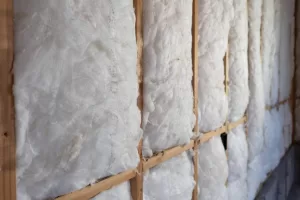
7. Look for Accountability and Follow-Up
-
Request a final walk-through. A thorough review with the contractor ensures you understand completed work and any warranty terms.
-
Confirm written guarantees. Understand what’s covered and for how long.
-
Expect a courtesy check-in. Top contractors follow up days or weeks later to ensure satisfaction.
Why it matters: Ongoing support shows a contractor stands behind their work instead of disappearing after payment.
8. Inspect Job Site Cleanliness
-
Observe cleanup procedures. Crews should vacuum debris, remove scrap insulation, and organize tools.
-
Ask about disposal methods. Responsible contractors handle waste according to local regulations.
-
Check indoor air quality. A clean job site prevents insulation fibers or dust from entering your HVAC system.
Why it matters: A tidy finish reflects respect, professionalism, and better health outcomes for your family.
9. Research Real Reviews and Local Reputation
-
Read detailed testimonials. Look for specifics about communication, timeliness, and problem-solving.
-
Focus on local feedback. Reviews from homeowners in Lehi, American Fork, or nearby towns carry the most weight.
-
Verify with references. Ask for recent project contacts and follow up with a quick phone call.
Why it matters: Genuine, local reviews reveal how a contractor performs in real-world scenarios and neighborhoods like yours.
10. Gauge Pride in Their Work
-
Notice attention to detail. Straight seams, sealed rim joists, and neat vapor barriers indicate care.
-
Ask about unique solutions. Whether it’s extra attic baffles in Eden or reinforced joists in Midway, customization shows commitment.
-
Watch for passion. Teams that speak proudly about past projects are more likely to deliver excellence.
Why it matters: Pride turns a routine service into a legacy of quality that benefits your home for years.
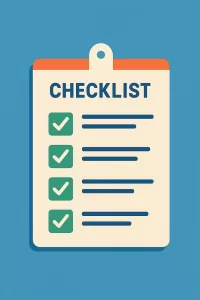 Putting It All Together—Your Contractor Comparison Checklist
Putting It All Together—Your Contractor Comparison Checklist
-
Gather three written estimates that cover the same scope of work in detail
-
Score each candidate on communication, respect, pricing transparency, materials, crew quality, scheduling, accountability, cleanliness, reviews, and pride
-
Interview the top two to clarify any discrepancies and feel out cultural fit
-
Visit a completed job site if possible, or review photo portfolios
-
Make your decision based on total value, not just the cheapest price
Final Thoughts
Choosing an insulation contractor doesn’t have to be stressful. By following these ten how-to steps, you’ll zero in on a team that delivers transparent communication, respectful service, premium materials, and pride in workmanship. You’ll have confidence that your home is in good hands, your energy bills will drop, and you’ll avoid costly callbacks.
Author’s Note
I’m proud to share these guidelines as a homeowner and local expert in Utah County. At Interwest Insulation, we live by these principles—using clear communication with photos, protecting your home down to the smallest detail, offering fair, referral-driven pricing, and delivering top-quality insulation. If you’d like to see these best practices in action, call or text us at 801-471-6525 for a free, no-obligation consultation. Thompson’s Checklist PDF is also available to download—10 questions to ask before hiring any contractor. Trust your home to a team that cares as much as you do.
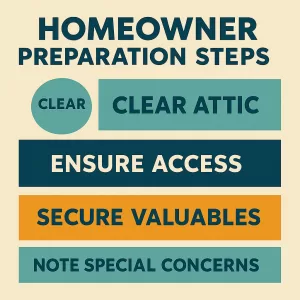 How to Prepare Your Home Before Insulation Installation
How to Prepare Your Home Before Insulation Installation
Getting your home ready before the crew arrives makes the process smoother, faster, and less disruptive. Follow these simple steps to ensure everything goes off without a hitch, and you can relax knowing your space is in great shape.
-
Clear the Work Area, especially your attic or crawl space. Remove storage boxes, holiday decorations, old insulation scraps, and anything fragile or dusty. Aim for a clear path of at least two feet on either side of where the installers will work. This gives crews room to move safely and keeps your belongings out of harm’s way.
-
Ensure Easy Access by unlocking attic hatches or moving furniture and obstacles away from access points. If you have pull-down stairs, check they’re in good working order. For homes with scuttle holes, clear the surrounding floor space so ladders and equipment can be set up quickly.
-
Protect Valuables and Pets by relocating keepsakes, heirlooms, or delicate items to a secure area. If you have pets, consider boarding them or designating a quiet room away from the work zone. That lets crews focus on installation without unexpected interruptions and keeps your furry friends safe and calm.
-
Note Special Concerns, like exposed wiring, HVAC vents, or recessed lighting. Make a quick list or take photos and share them with the installer ahead of time. Visual cues help the crew plan for safe, code-compliant installation around electrical fixtures and ductwork.
-
Adjust Your Thermostat, if needed. Insulation work can stir up dust; setting your HVAC to “off” or “fan” helps avoid circulating particles during installation. Once the job is done and the area is sealed up, you can reset temperature controls for maximum energy efficiency.
-
Plan for Cleaning Time, even though top contractors leave your home cleaner than they found it. Have a trash bin or designated drop zone for personal debris, and consider placing protective covers on valuables in adjacent rooms to keep dust migration to a minimum.
-
Schedule Around Your Routine, by choosing a date when you can be home to discuss any last-minute details and perform a brief walkthrough at the end. Early morning start times often work best in Utah’s varied weather, allowing crews to finish before afternoon heat or evening chill sets in.
By taking these steps, you help your contractor focus on what matters most—installing high-quality insulation efficiently and effectively. Your preparation not only speeds up the project, it also protects your home, saves time, and ensures you enjoy the full benefits of better comfort and energy savings as soon as possible.
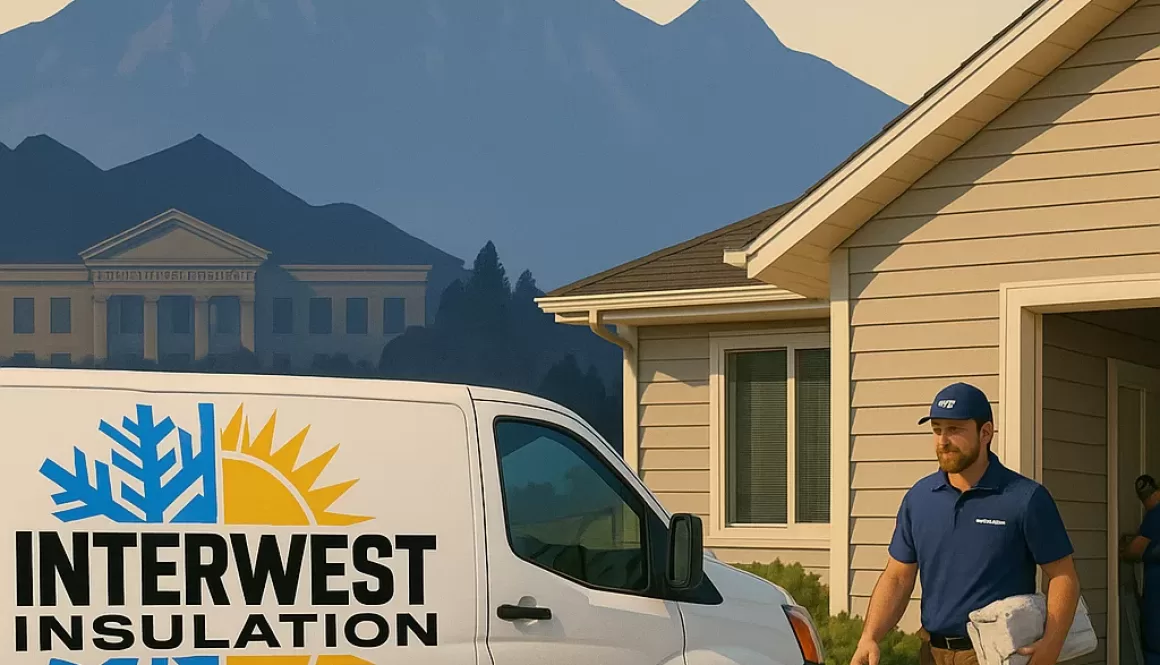
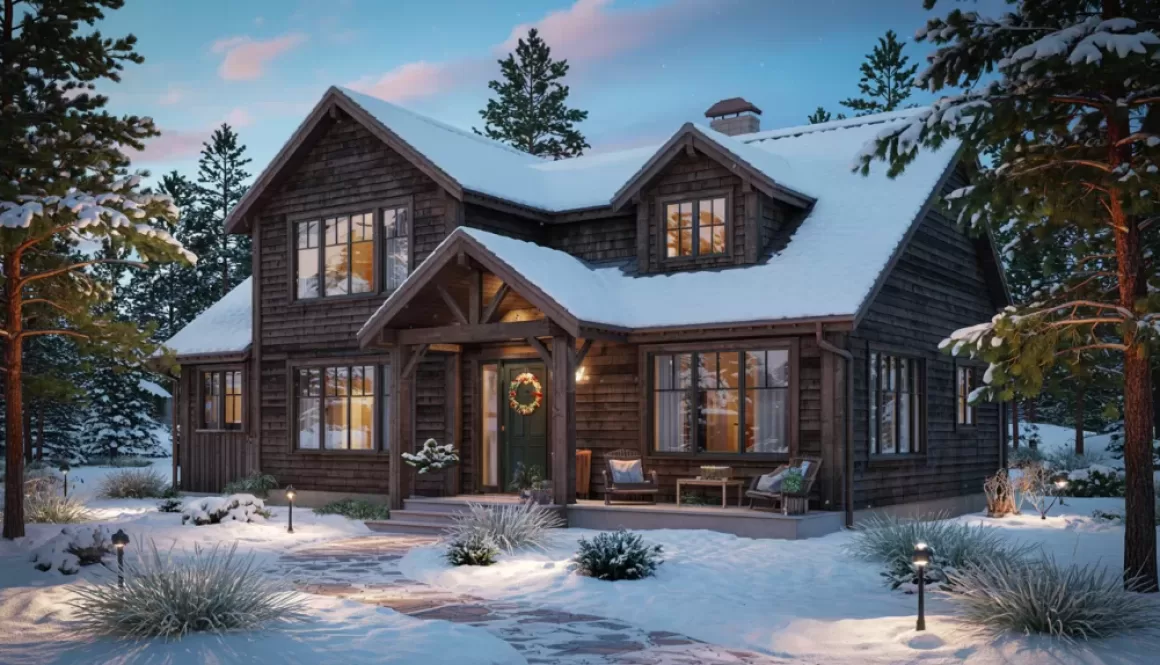
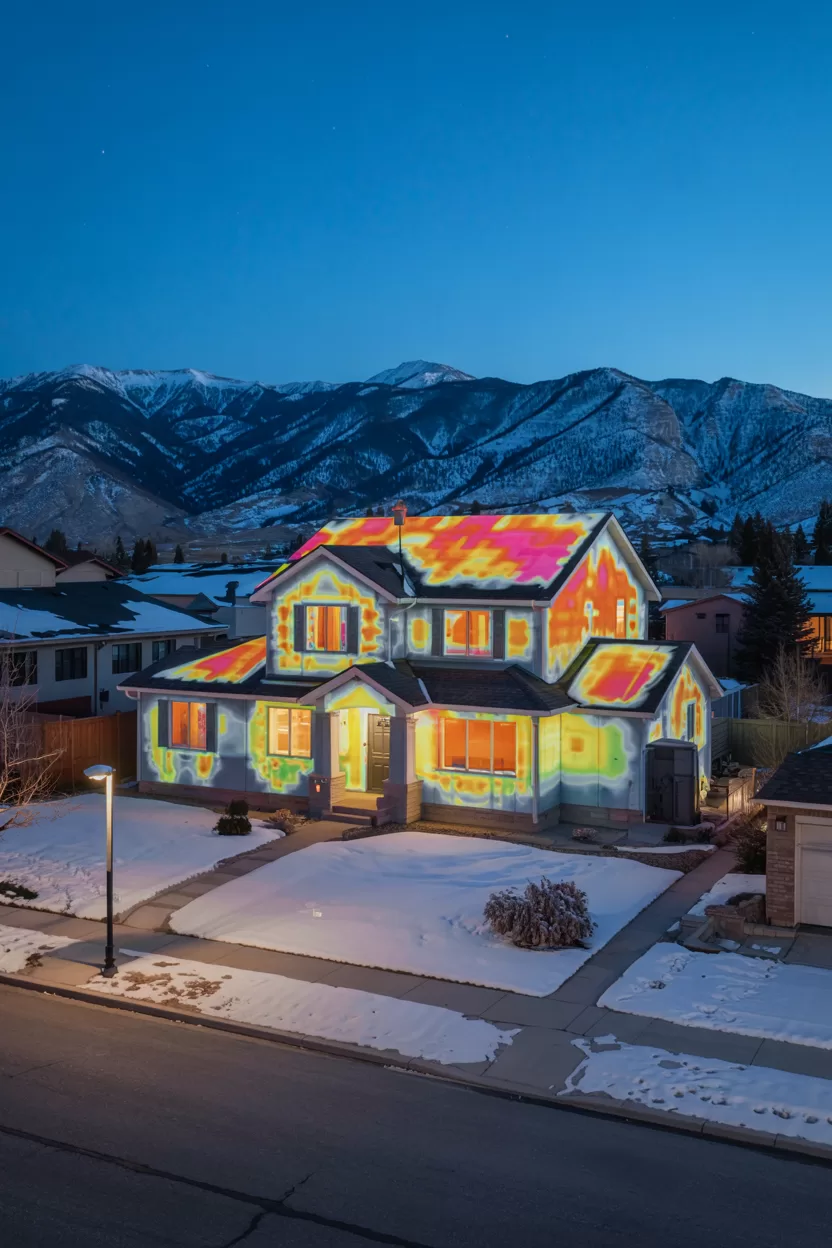
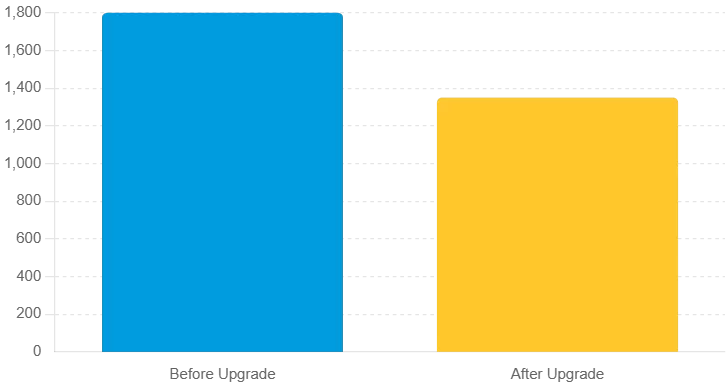 “Side-by-side photo of an attic before and after cellulose blow-in, both taken in Lehi, Utah.”
“Side-by-side photo of an attic before and after cellulose blow-in, both taken in Lehi, Utah.”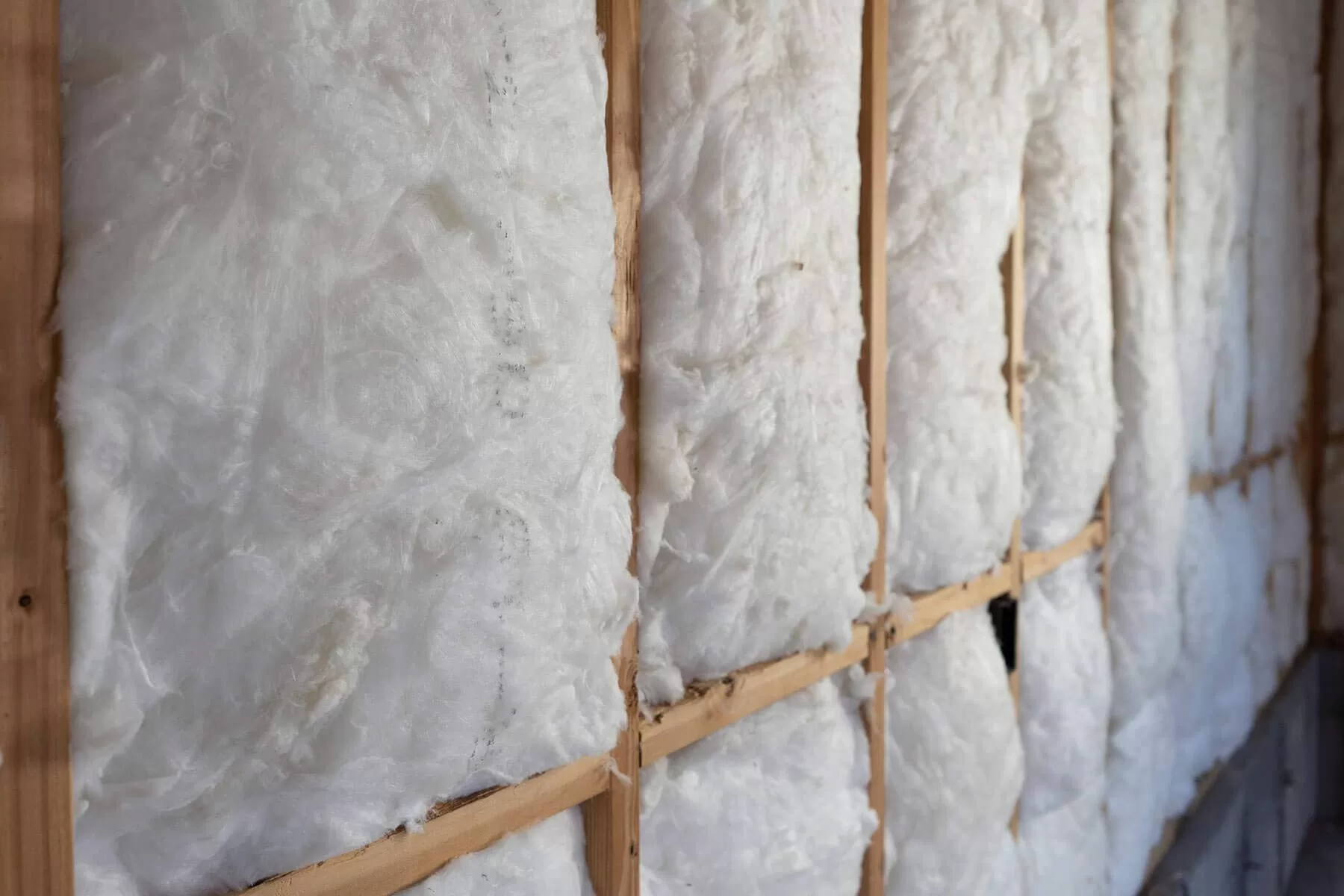
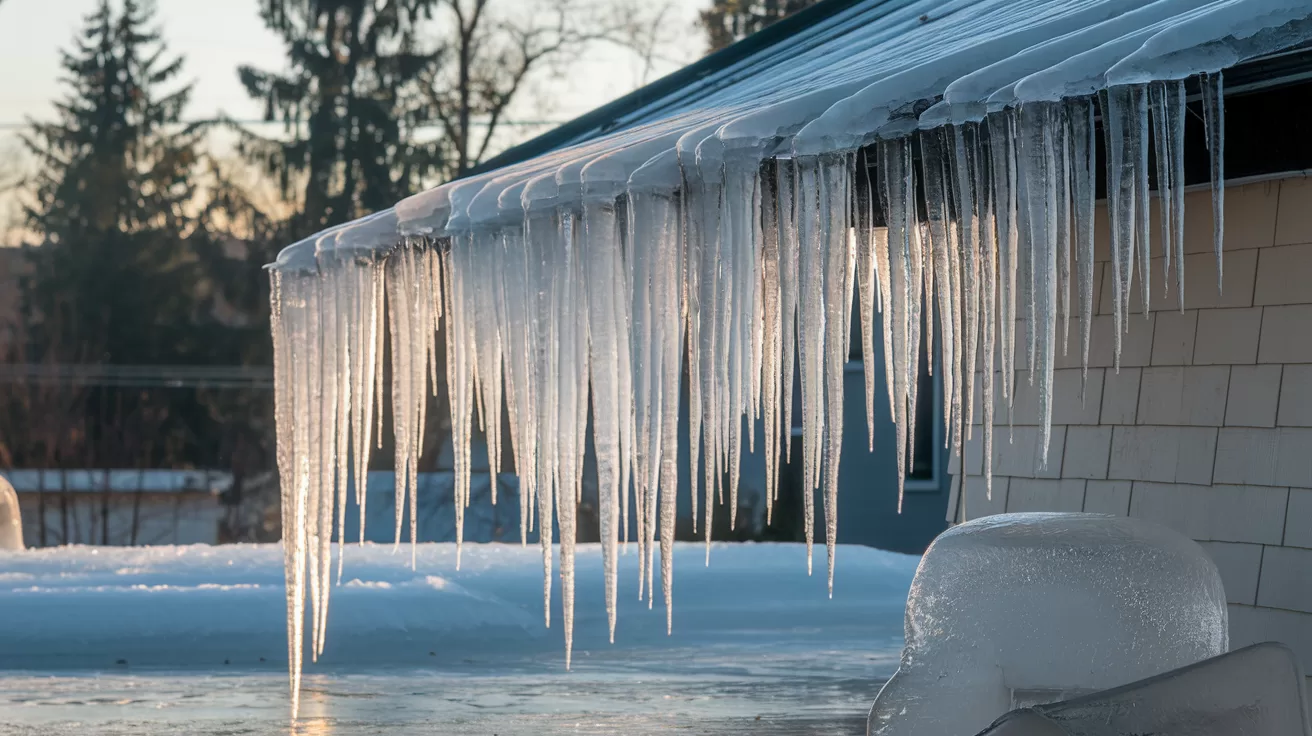
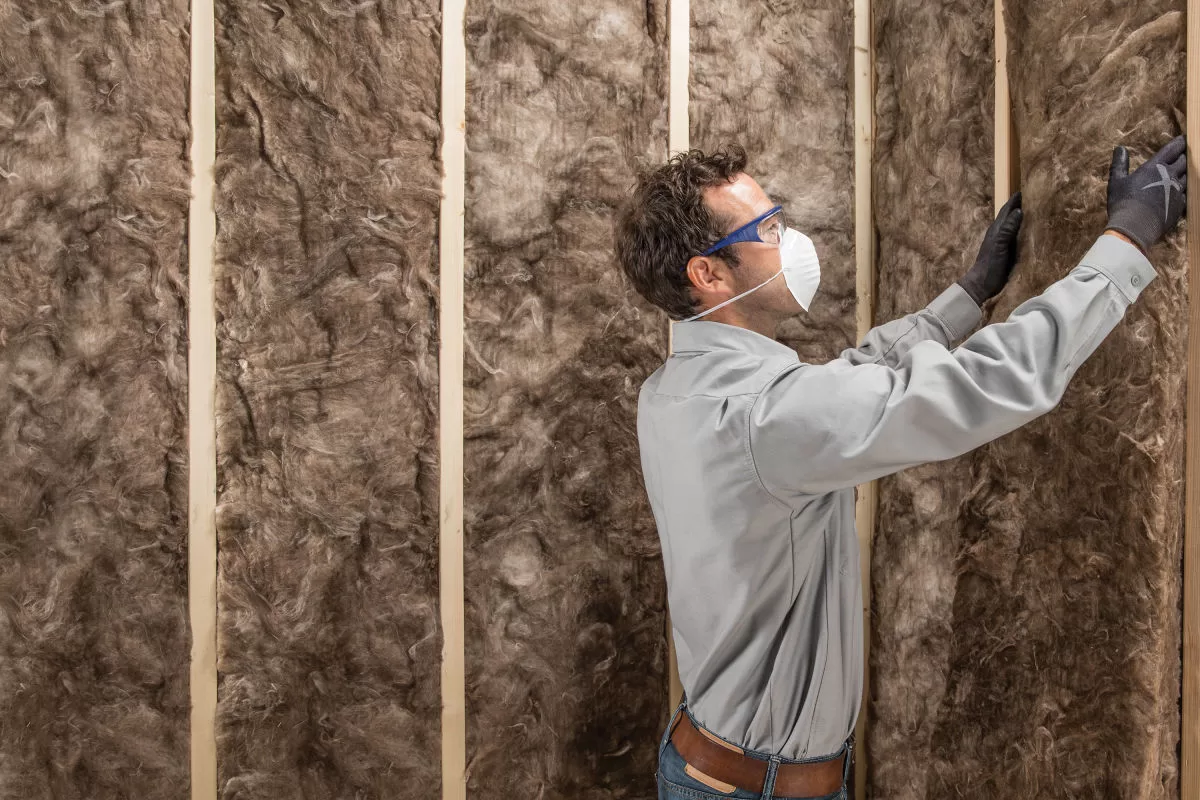
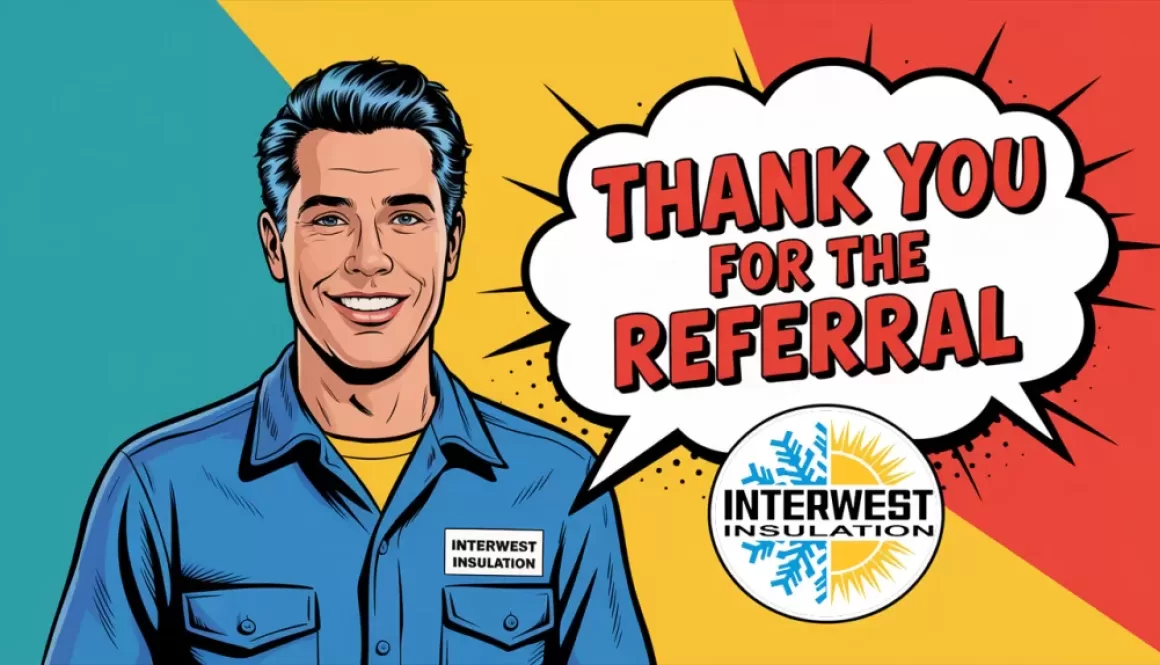
 We chose Cinemark cards because:
We chose Cinemark cards because:
 Understanding R-Value and Why R-60 Matters
Understanding R-Value and Why R-60 Matters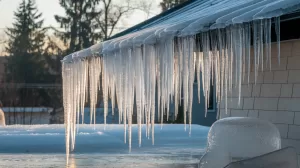 Sign 3: Ice Dams and Excessive Icicles
Sign 3: Ice Dams and Excessive Icicles Step 4: Submit Your Rebate Application
Step 4: Submit Your Rebate Application
 Hey friend, have you ever walked into your kid’s room on a freezing winter night and thought, “There’s gotta be a better way”? That was exactly the Wilsons of Pleasant Grove—Emma and Jake were shivering under their blankets, the furnace was working overtime, and the whole family felt the pinch of high energy bills. Then one day, Mrs. Wilson spotted a simple flyer: “Utah Insulation Rebates—Claim Yours Today!”
Hey friend, have you ever walked into your kid’s room on a freezing winter night and thought, “There’s gotta be a better way”? That was exactly the Wilsons of Pleasant Grove—Emma and Jake were shivering under their blankets, the furnace was working overtime, and the whole family felt the pinch of high energy bills. Then one day, Mrs. Wilson spotted a simple flyer: “Utah Insulation Rebates—Claim Yours Today!” How to Claim Your Rebates—Step by Step
How to Claim Your Rebates—Step by Step
 Improved Indoor Comfort
Improved Indoor Comfort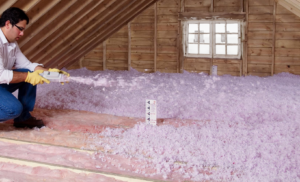 Fiberglass
Fiberglass Example 1: The Smith Family Home
Example 1: The Smith Family Home
 High Energy Bills
High Energy Bills Uneven Temperatures Between Rooms
Uneven Temperatures Between Rooms How the Touch Test Works
How the Touch Test Works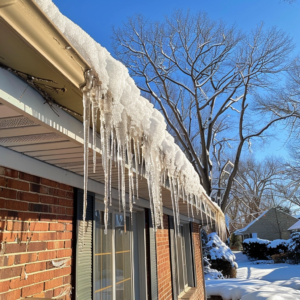 Ice Dams on the Roof
Ice Dams on the Roof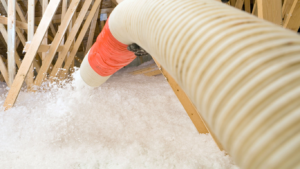 The Importance of Attic Insulation
The Importance of Attic Insulation Entry Points for Pests
Entry Points for Pests

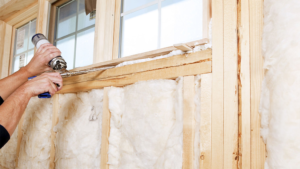 Mastering Insulation Basics for Maximum Efficiency
Mastering Insulation Basics for Maximum Efficiency
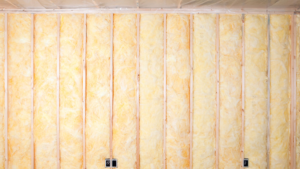 The Key to Exemplary Insulation Installation
The Key to Exemplary Insulation Installation The Risks of Overlooking Professional Advice
The Risks of Overlooking Professional Advice The Essential Role of High-Quality Insulation in Contemporary Construction
The Essential Role of High-Quality Insulation in Contemporary Construction Championing Excellence in Insulation for Future-Ready Buildings
Championing Excellence in Insulation for Future-Ready Buildings


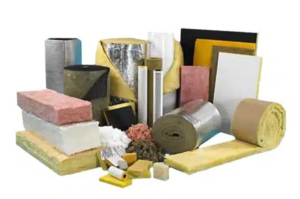 Navigating the Insulation Maze
Navigating the Insulation Maze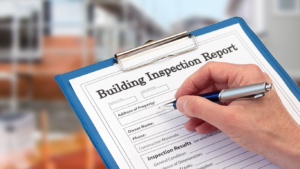 3. Overlooking Local Building Codes
3. Overlooking Local Building Codes 4. The Illusion of Cost Savings
4. The Illusion of Cost Savings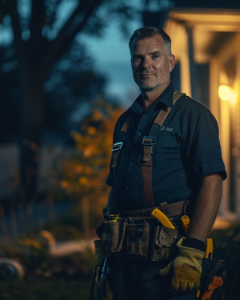
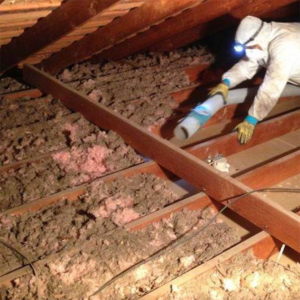 2. Prioritizing Safety: Beyond the Basics
2. Prioritizing Safety: Beyond the Basics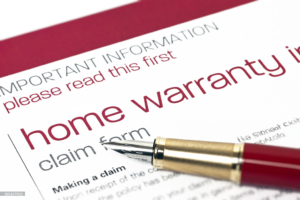 5. Warranties and Peace of Mind: The Ultimate Assurance
5. Warranties and Peace of Mind: The Ultimate Assurance The Baker Family: The Hot Summer Home
The Baker Family: The Hot Summer Home The Evans Family: The Noisy Neighborhood
The Evans Family: The Noisy Neighborhood Charting Your Course to Enhanced Living
Charting Your Course to Enhanced Living